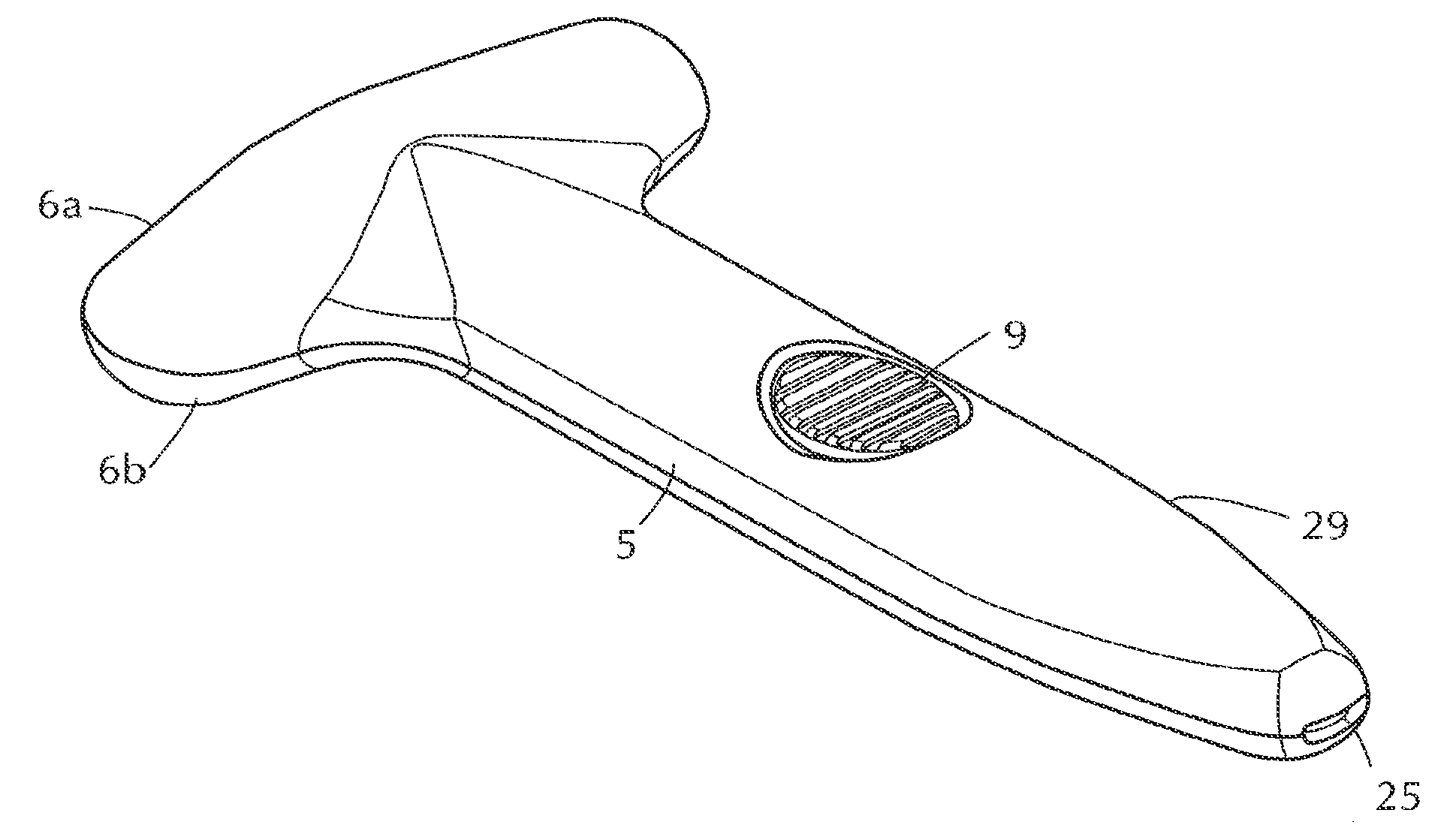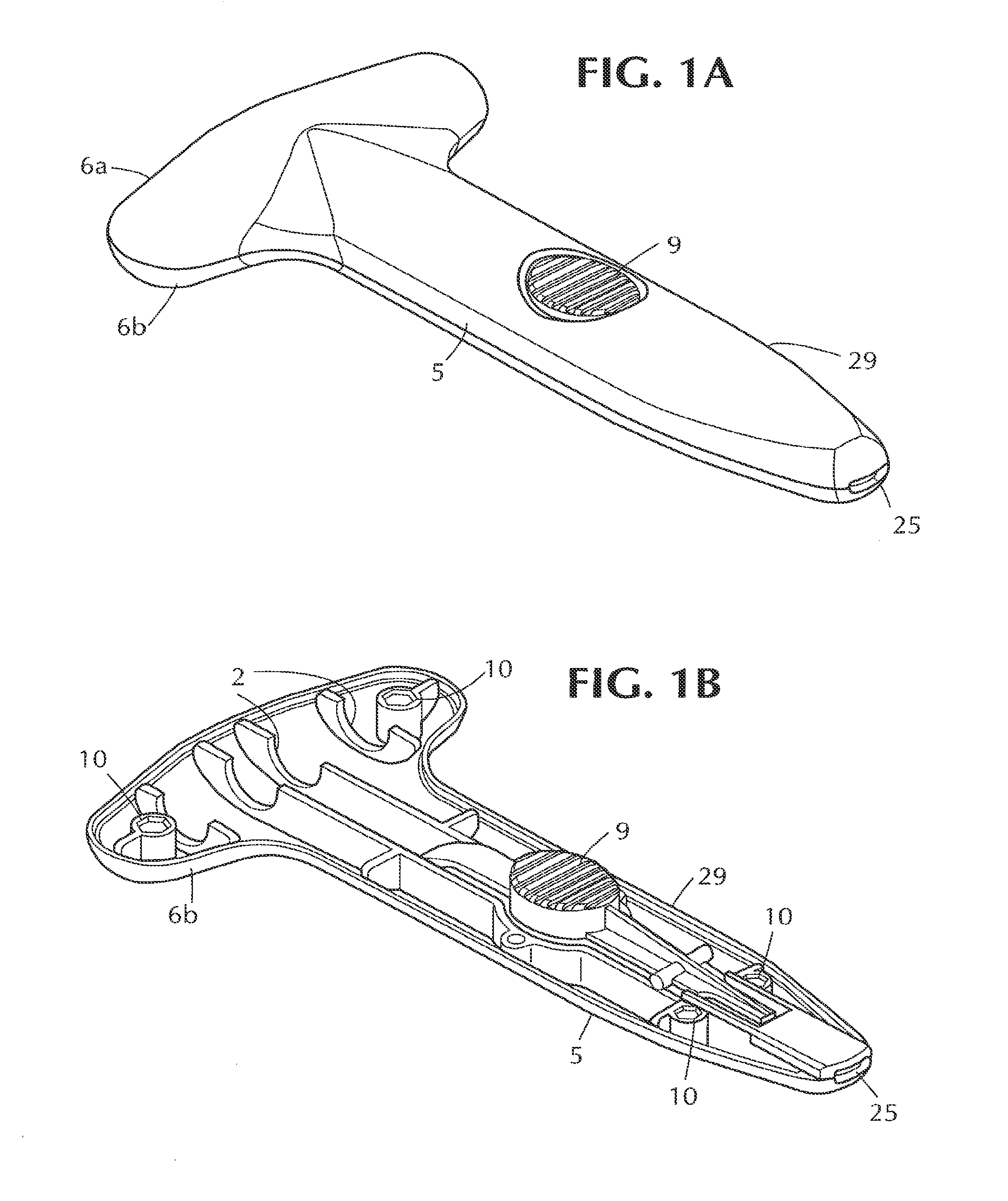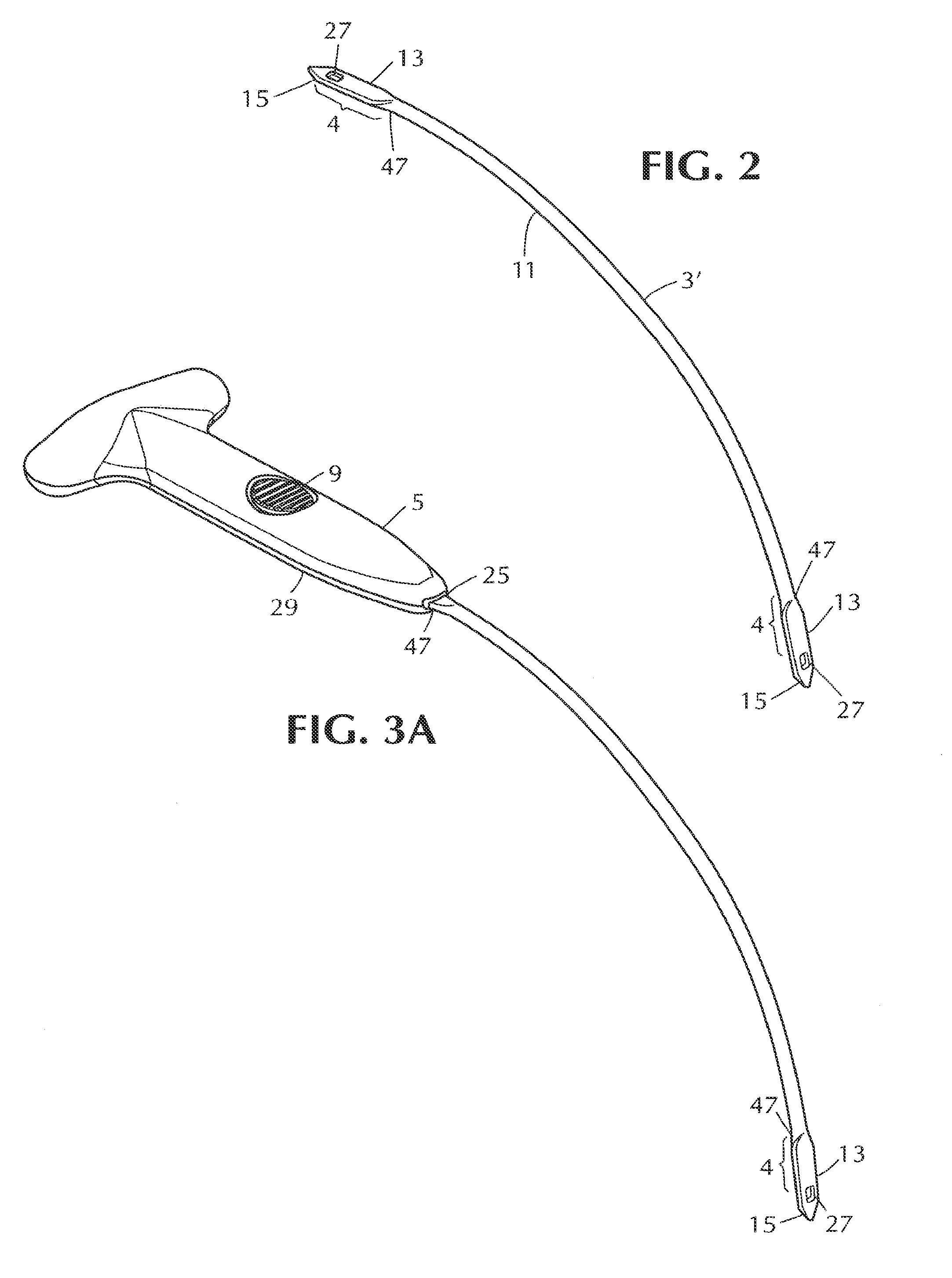Self-anchoring sling and introducer system
a self-anchoring and introducer technology, applied in the field of self-anchoring slings and introducer systems, can solve the problems of insufficient support, abrasion of the patient's urethra, and failure of procedures, and achieve the effect of improving flexibility
- Summary
- Abstract
- Description
- Claims
- Application Information
AI Technical Summary
Benefits of technology
Problems solved by technology
Method used
Image
Examples
Embodiment Construction
[0115]Referring now to the drawings, the various embodiments of the present invention will be discussed in detail.
[0116]In the following discussion, like numbers will be used to describe like portions of the different embodiments.
[0117]With general reference to FIG. 13 for the purpose of introducing various components of the present invention, this invention involves an implant member 1, which can be made of natural material, synthetic material, or a combination thereof, and which can be textured or slit, and also an introducer system having a handle 5, a connector 7, and an introducer needle 3. The purpose of this invention is to place a piece of material beneath the patient's urethra so that the urethra is supported, helping to prevent the involuntary release of urine from the bladder. Using this invention implants also could be placed in other parts of a patient's body to support other body organs.
[0118]Together, these components facilitate a minimally invasive and simple techniq...
PUM
| Property | Measurement | Unit |
|---|---|---|
| bend radius | aaaaa | aaaaa |
| bend radius | aaaaa | aaaaa |
| bend radius | aaaaa | aaaaa |
Abstract
Description
Claims
Application Information
 Login to View More
Login to View More - R&D
- Intellectual Property
- Life Sciences
- Materials
- Tech Scout
- Unparalleled Data Quality
- Higher Quality Content
- 60% Fewer Hallucinations
Browse by: Latest US Patents, China's latest patents, Technical Efficacy Thesaurus, Application Domain, Technology Topic, Popular Technical Reports.
© 2025 PatSnap. All rights reserved.Legal|Privacy policy|Modern Slavery Act Transparency Statement|Sitemap|About US| Contact US: help@patsnap.com



